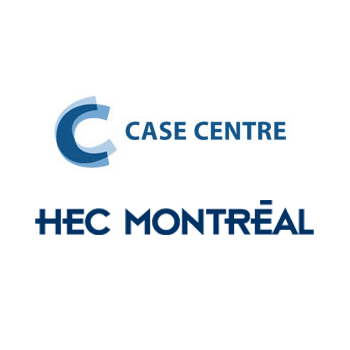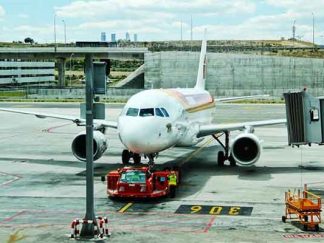Description
Kingfisher Airlines Nosedives: Can It Soar Again or Will It Remain Grounded?: Abstract
This case is based on Kingfisher Airlines, the brainchild of Dr. Vijay Mallaya. It made a grand entrance into the Indian aviation industry as a single-class, all-economy air carrier in 2005. The company soon turned its focus to becoming a premium service operator offering high-class in-flight services and unrivalled luxuries. Subsequently, it took a number of steps to differentiate itself from other airlines, while also embarking upon an ambitious expansion plan. Its acquisition of an ailing airline, Air Deccan, combined with rising fuel costs and a rapidly changing business environment made its survival difficult. The company’s bank accounts were frozen several times by the Income Tax Department and the Service Tax Department because of defaults on tax payments, leaving it cash dry. The battered airline had to temporarily suspend its operations from several cities and cope with a staggering debt load that had reached Rs. 7,000 crore by March 27, 2012. The staff was demoralized and some employees left the company due to the non-payment of salaries. There was also widespread anger among passengers owing to last-minute flight cancellations.
The challenge facing its CEO, Sanjay Agarwal, was to make Kingfisher Airlines bounce back from its precarious position. The company had to tackle the issue of raising funds to meet its day-to-day expenses, maintain the current number of flights and perhaps also conduct a thorough review of its past policies and strategies and try to learn from the competitors that had managed to weather the storm and still remain profitable in the most unfavourable of business environments.
Teaching objectives
The case seeks to engage the students in exploring and analyzing the following issues:
- Growth of Indian Aviation Industry
- Different business models adopted by airlines
- Impact of environment on Aviation Industry
- Changes required in strategies to face the turbulent environment
- Justification of the differential treatment meted out to public air carrier
Main themes covered
The main topics include a discussion on the growth of the Indian aviation industry, government policy on aviation, problems faced by the airline operators. The case focuses in particular on Kingfisher Airlines, its growth and the problems faced by the company that is now struggling for its survival.
Concepts and theories related to the case
There are various theories and concepts that can be discussed based on this case. For example, theories and models related to strategy, service quality and HR could be employed for discussion. Some of them are:
- PEST analysis
- Porter’s generic strategies
- Kurt Lewin’s Force Field Analysis
- Maslow’s Hierarchy of Needs theory
- Emotional ergonomics
- The SERVQUAL model
- The consumer-brand relationship model
Additional information
Teaching notes are available for professors. Contact the HEC Montréal Case Centre.







Reviews
There are no reviews yet.